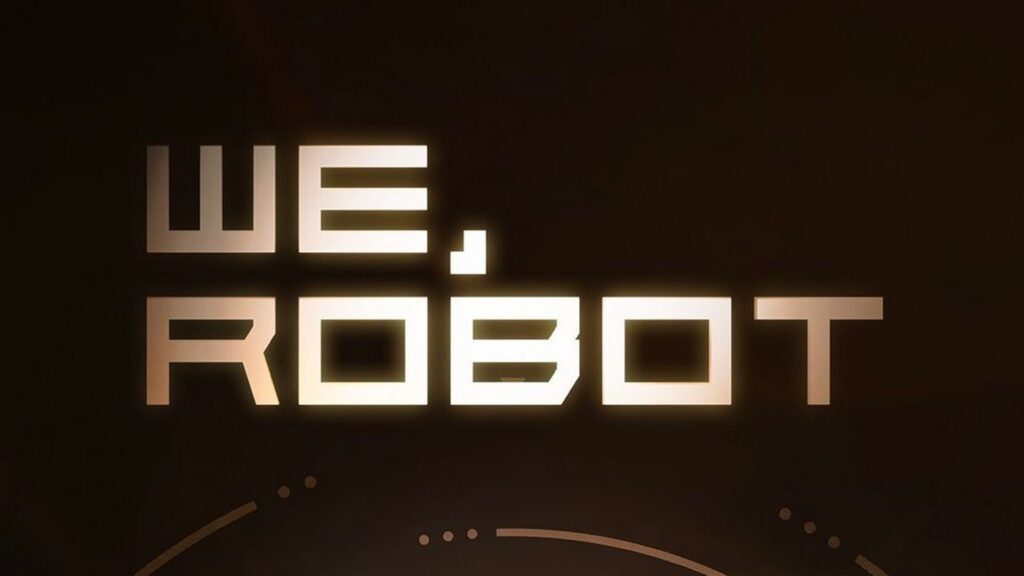Tesla's Future Valuation: Analyst Pierre Ferragu Unveils Scenarios Ranging From $1.4 To $4.7 Trillion Based On FSD, Robotaxi Success

A leading Wall Street analyst has unveiled a comprehensive analysis of Tesla Inc.‘s TSLA potential in the robotaxi market, presenting five distinct scenarios that could shape the electric vehicle maker’s future valuation.
What Happened: Pierre Ferragu, lead analyst at New Street Research, released a presentation Wednesday. The report employs a decision-tree approach to map out possible outcomes for Tesla’s autonomous driving ambitions.
At the heart of Ferragu’s analysis is whether Tesla can achieve unsupervised full self-driving capability. This technological milestone serves as the primary branching point for the scenarios, each with dramatically different implications for Tesla’s market position and valuation by 2030.
The scenarios range from a baseline valuation of $1.4 trillion, assuming Tesla fails to launch a robotaxi service, to an optimistic projection of $4.7 trillion if the company dominates the robotaxi market with limited competition.
Tesla has current a market cap of $770.06 billion, according to CompaniesMarketCap.
Key decision points in Ferragu’s analysis include:
- Does Tesla achieve unsupervised FSD?
- Can unsupervised FSD operate a robotaxi?
- Can Tesla’s robotaxi service scale out?
- Can competitors reach scale?
The most conservative scenario envisions Tesla unable to launch a robotaxi service, with FSD improvements providing a modest 2 percentage point boost to margins. In contrast, the most bullish scenario predicts Tesla capturing over 80% of the robotaxi market without partnering with established ride-hailing companies.
Ferragu’s middle scenarios explore outcomes where Tesla partners with Uber Technologies Inc UBER to penetrate the human-driven fleet gradually, or where multiple robotaxi fleets compete, with Tesla securing a 50% market share.
The analysis highlights the critical importance of Tesla’s ability to scale its FSD technology into a “pure-play” nationwide robotaxi network. Success in this arena could potentially transform Tesla from primarily an automaker to a dominant force in autonomous transportation services.
Notably, even in scenarios where Tesla fails to achieve full robotaxi deployment, Ferragu projects significant growth. The baseline scenario still anticipates Tesla’s annual vehicle production increasing from 2 million units in 2023 to 7 million by 2030, with a corresponding rise in other revenue streams such as energy storage.
While the report presents a range of outcomes, it underscores the transformative potential of successful robotaxi deployment for Tesla’s business model and valuation. However, the analysis also acknowledges the technological and regulatory hurdles that must be overcome to realize the more optimistic scenarios.
Ferragu shared the same report on X, captioning it as “Framing the robotaxi opportunity.”
Tesla is gearing up for its highly anticipated robotaxi event, scheduled for Thursday.
Why It Matters: Tesla’s robotaxi ambitions have been a topic of considerable interest, particularly as the company prepares for its highly anticipated Robotaxi event. According to a recent analysis, some experts caution that mass production of Tesla’s robotaxis may not occur until 2027, despite investor optimism.
Meanwhile, Ark Invest analyst Tasha Keeney suggests that Tesla’s robotaxi platform could account for a significant portion of the company’s enterprise value in the coming years. Keeney anticipates that Tesla’s autonomous ride-hailing platform could launch within the next year or two, following advancements in FSD technology.
Additionally, Tesla faces potential competition from Baidu Inc. BIDU, which is reportedly considering expanding its Apollo Go robotaxi service internationally.
Elon Musk, CEO of Tesla, has previously stated that the company’s robotaxis could offer point-to-point transportation at a cost comparable to bus tickets, potentially revolutionizing public transport once fully operational.
In August, The Future Fund Managing Partner Gary Black voiced skepticism about Tesla maintaining a monopoly in the unsupervised L4/L5 autonomy market. He pointed out that other companies, such as Baidu Inc., Mobileye Global Inc. MBLY, and Alphabet Inc. GOOGL GOOG subsidiary Waymo have already received approval to deploy their autonomous vehicles.
Price Action: Tesla Inc. stock closed at $241.05 on Wednesday, down 1.41% for the day. In after-hours trading, the stock saw a slight uptick, rising 0.21%. Year to date, Tesla’s stock has declined by 2.97%, according to data from Benzinga Pro.
Tesla Robotaxi | Photo Courtesy: Tesla
Disclaimer: This content was partially produced with the help of AI tools and was reviewed and published by Benzinga editors.
© 2024 Benzinga.com. Benzinga does not provide investment advice. All rights reserved.
Breaking news
See all






